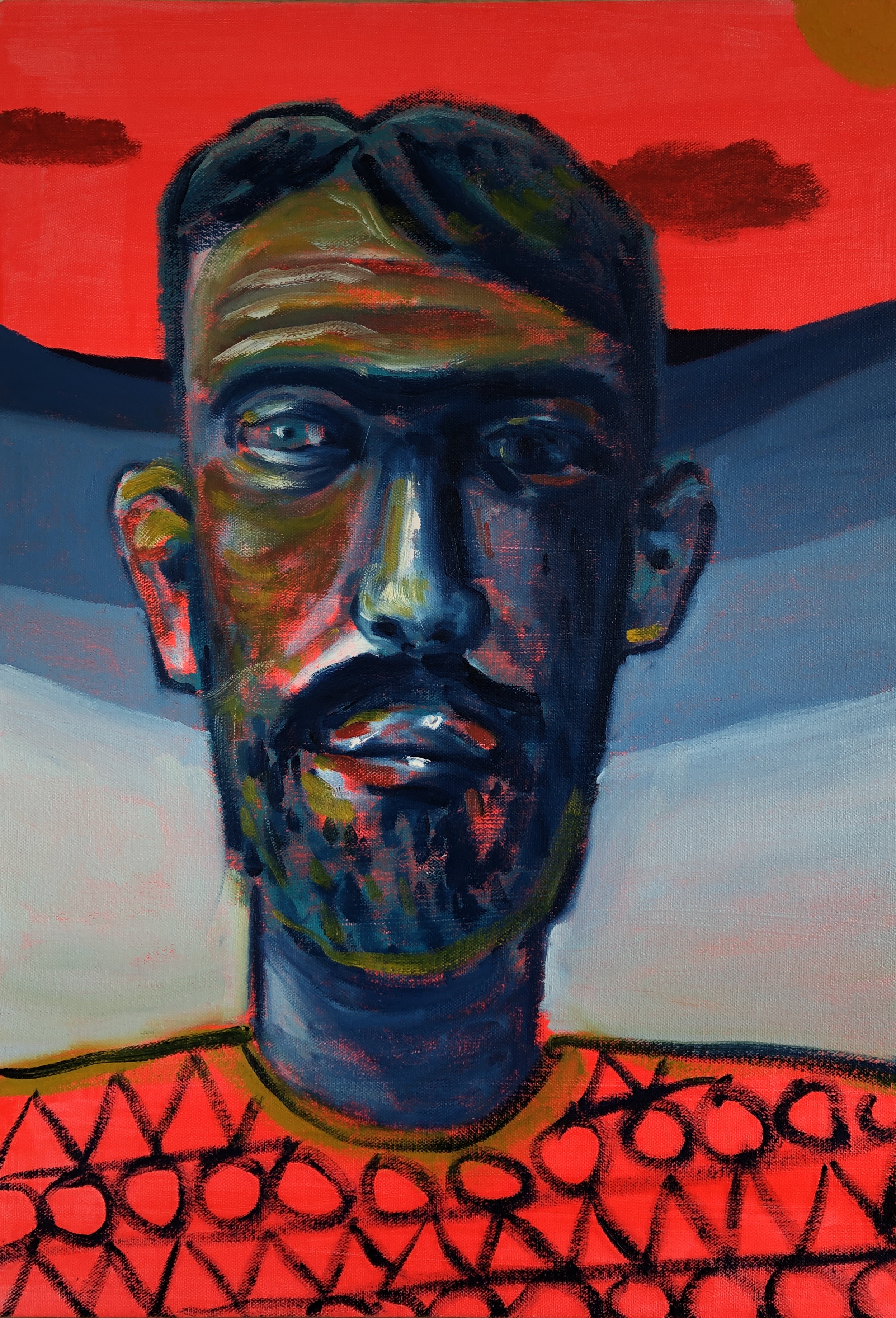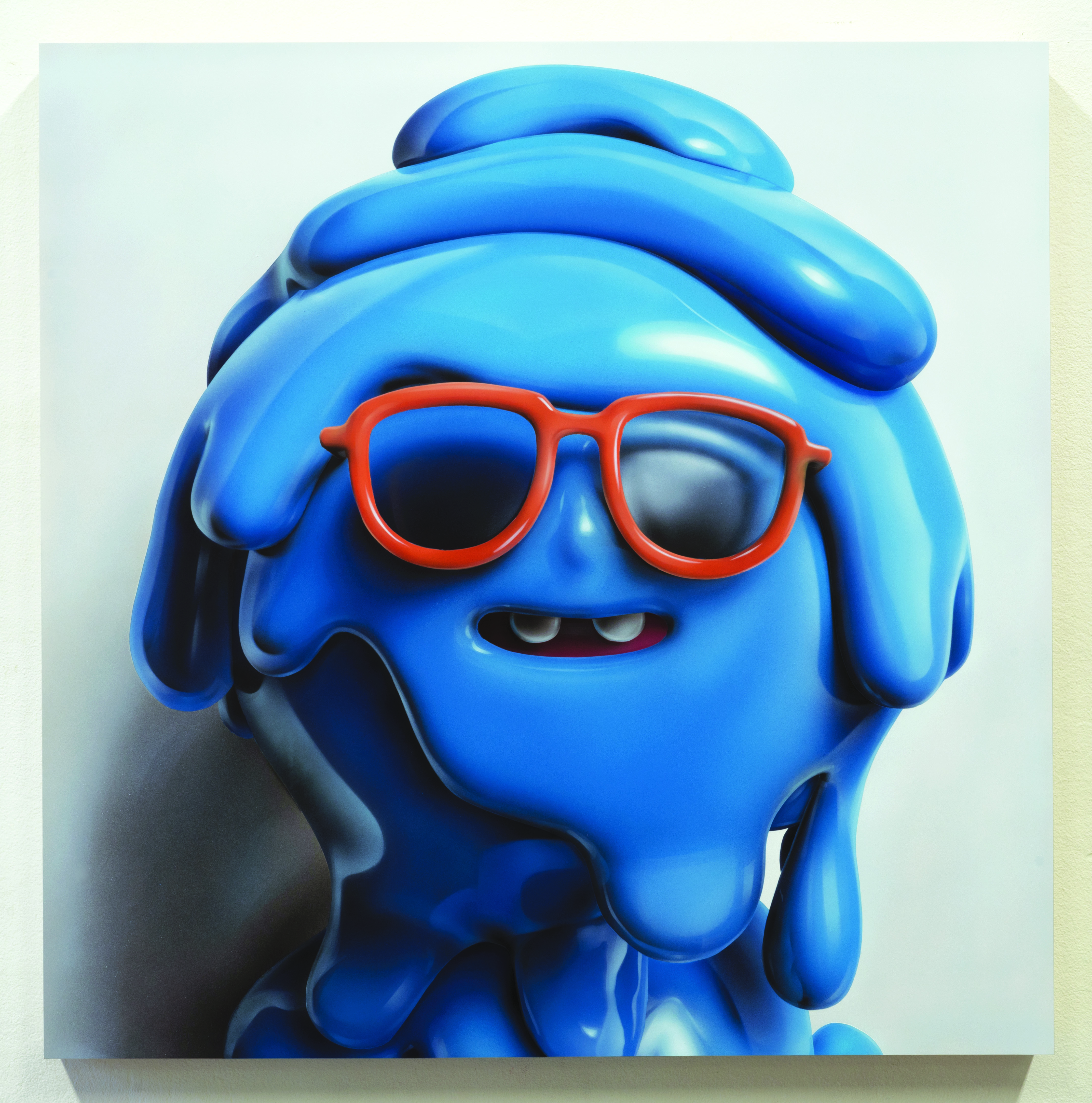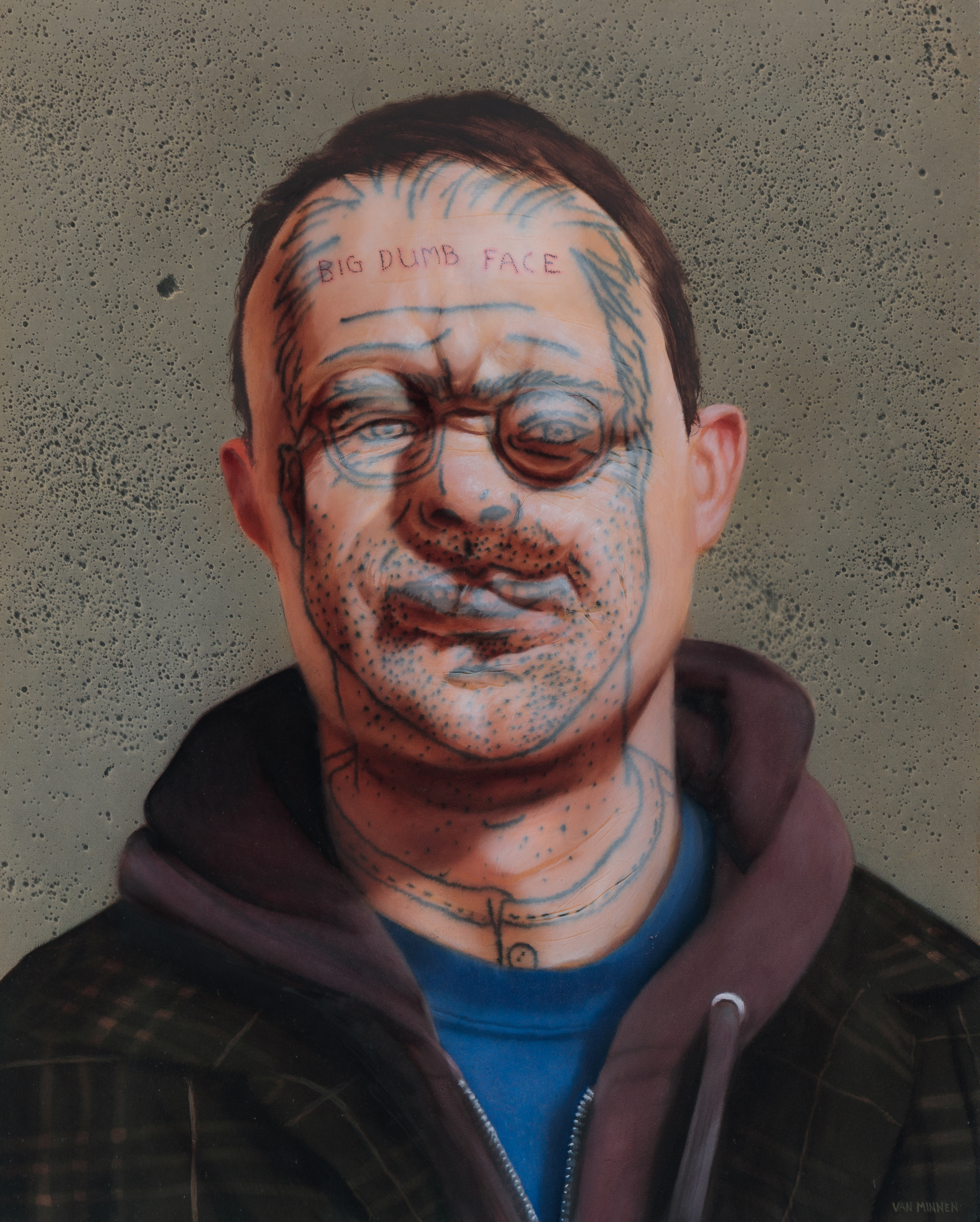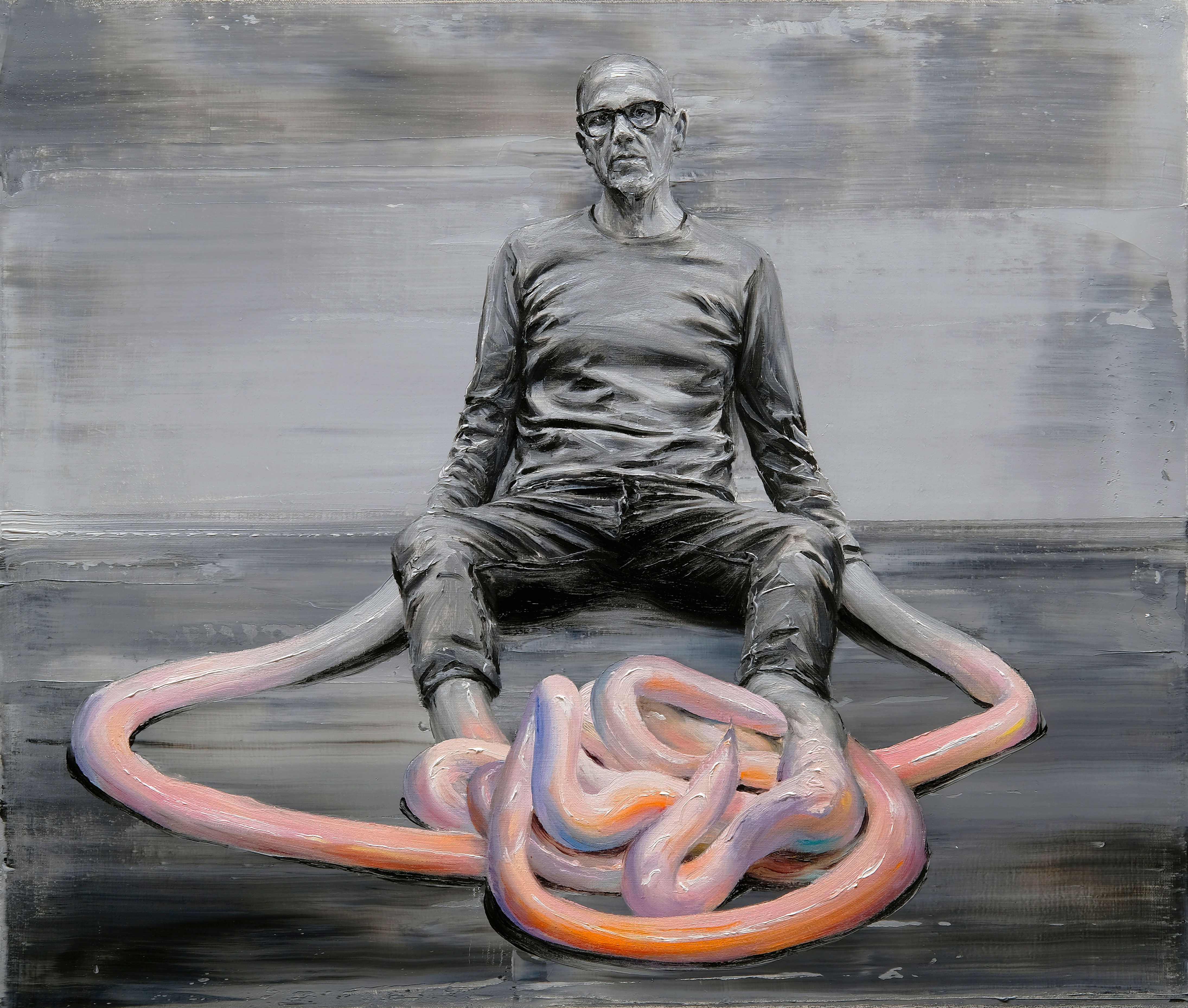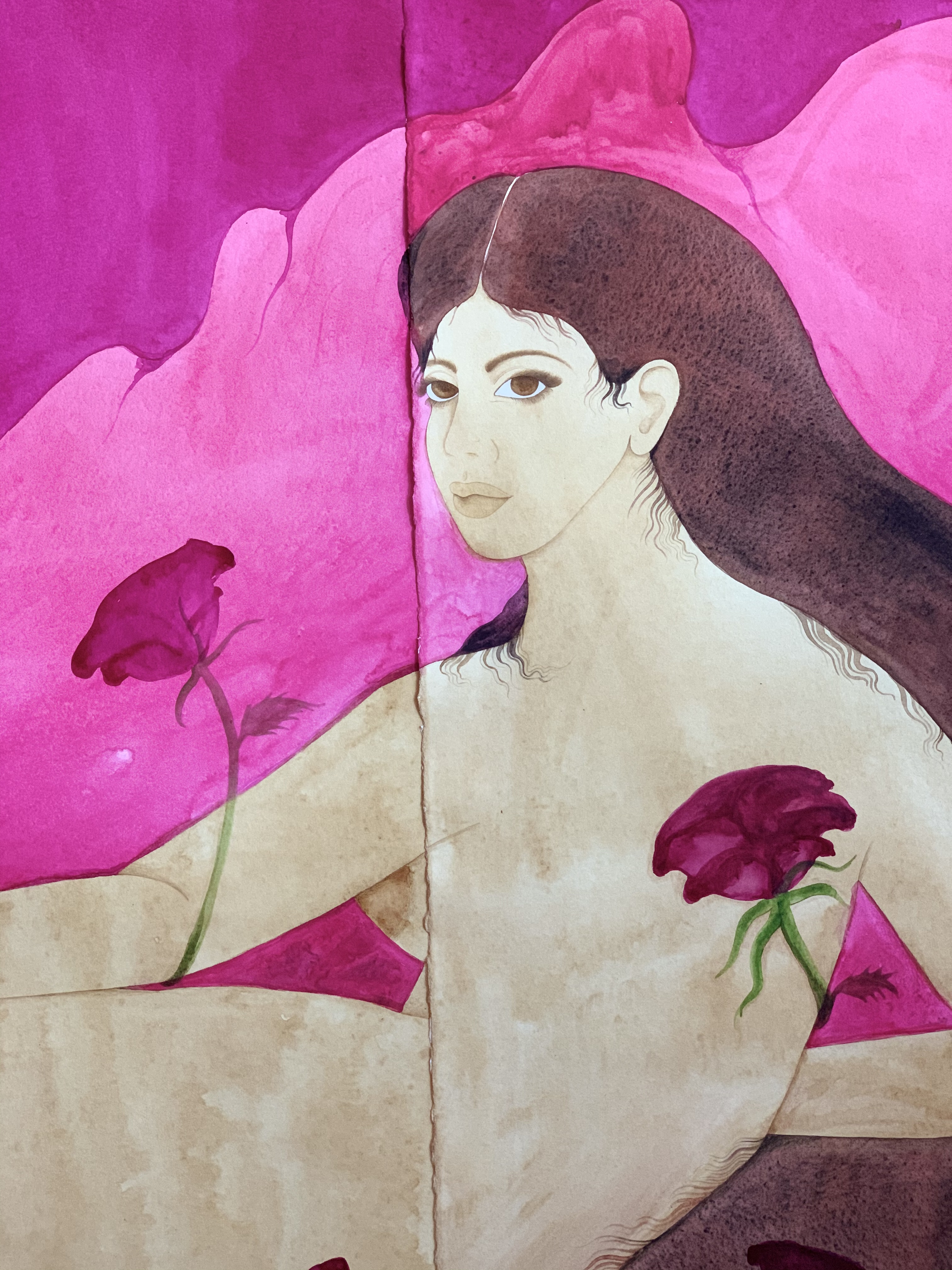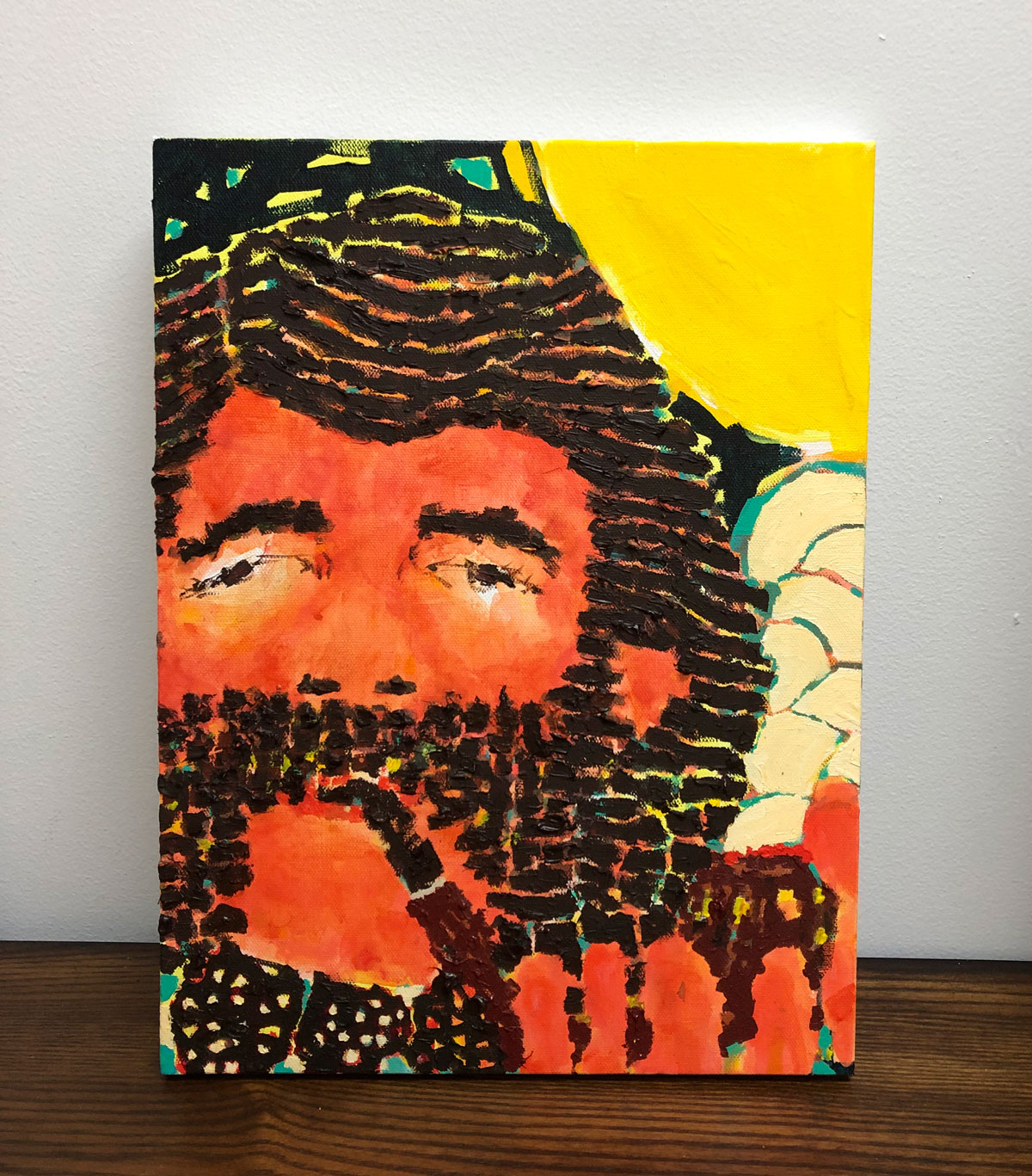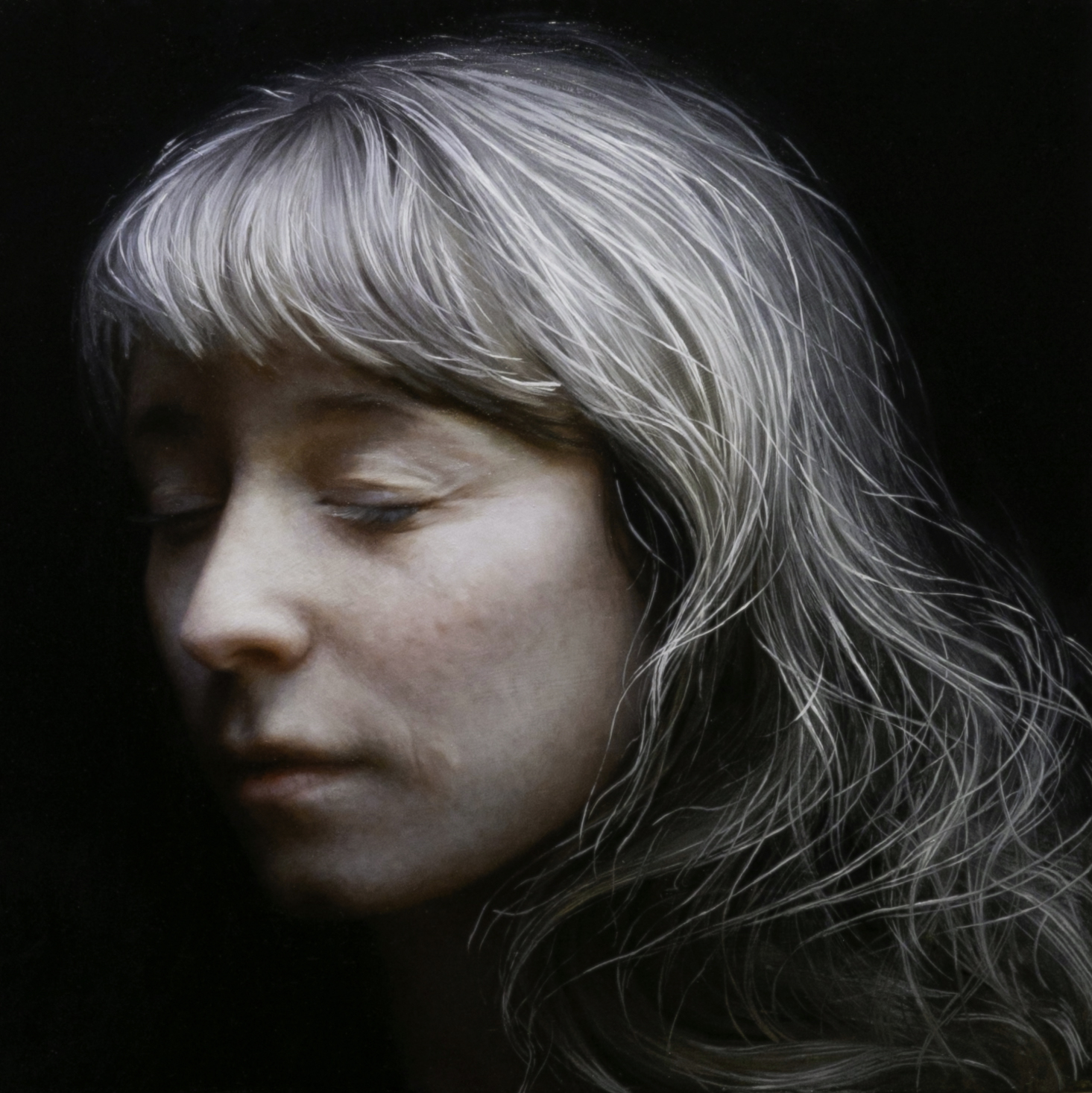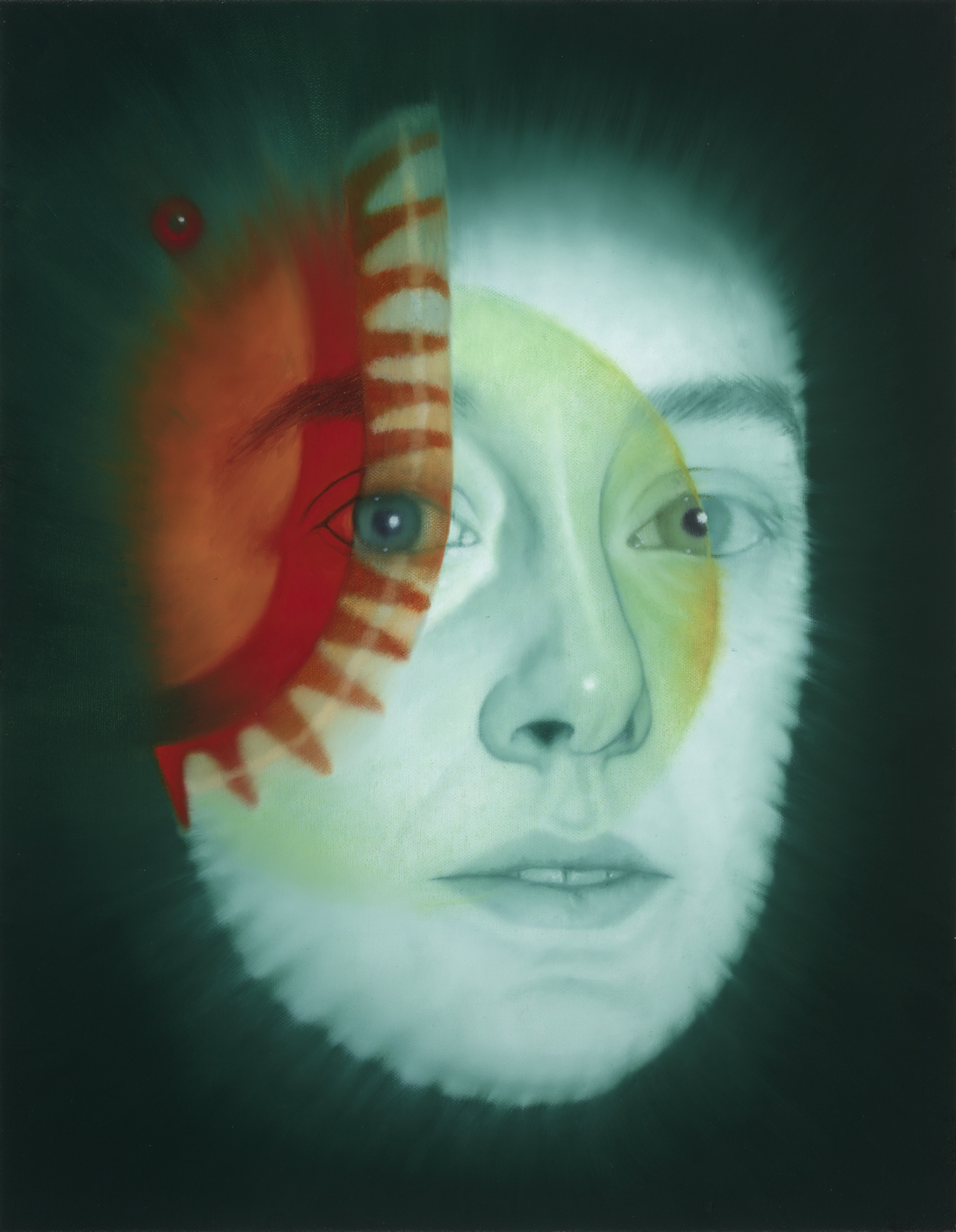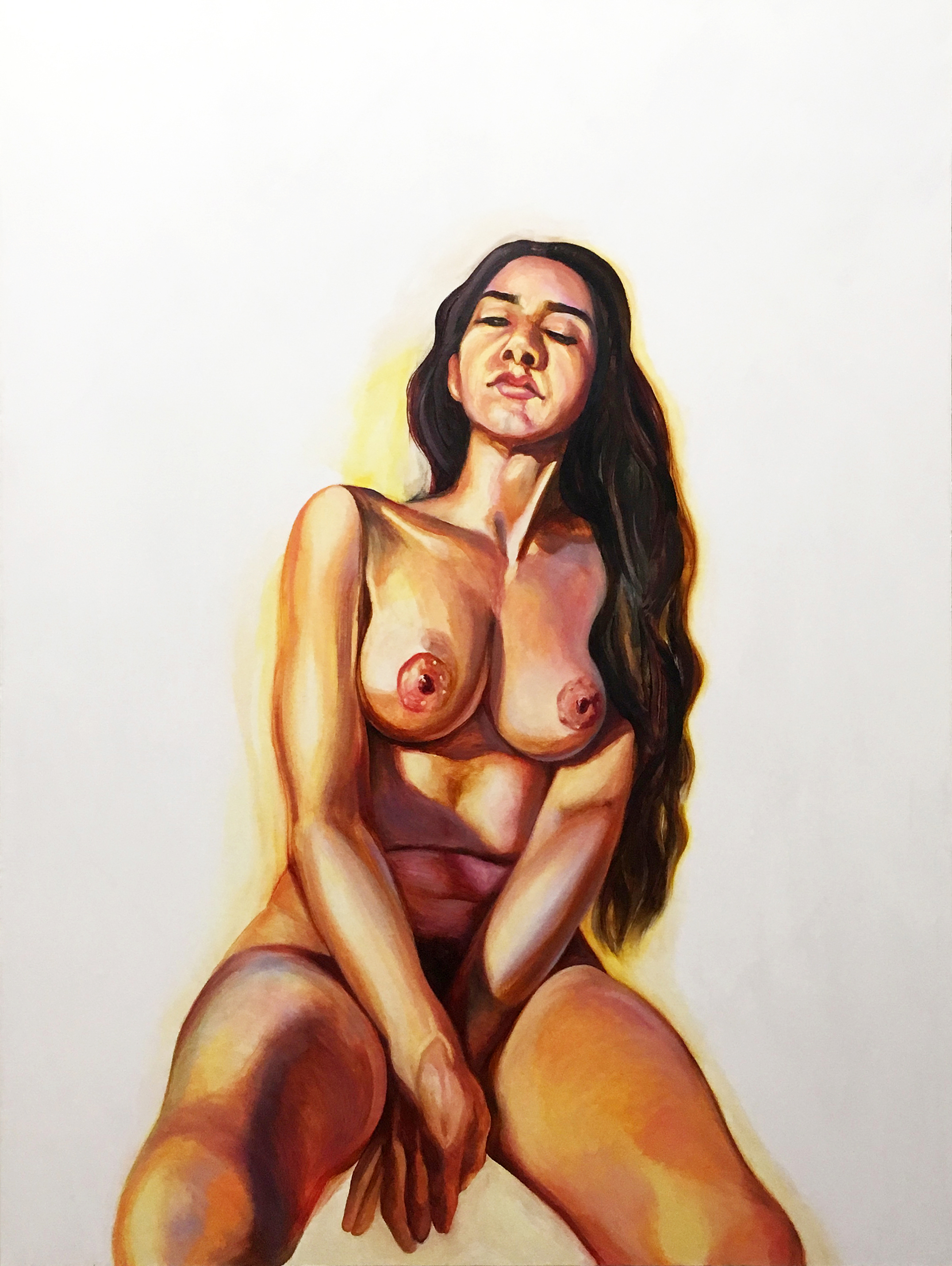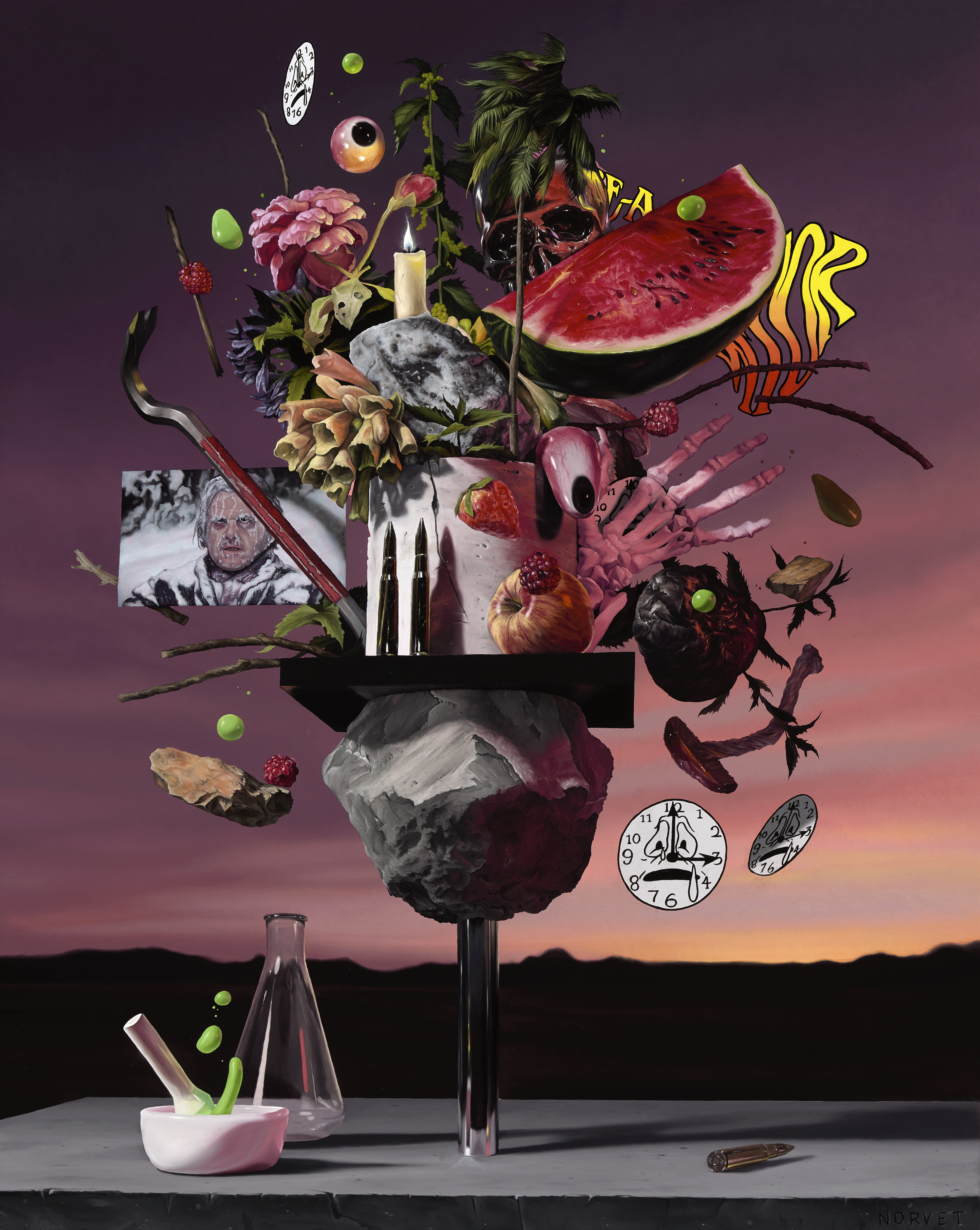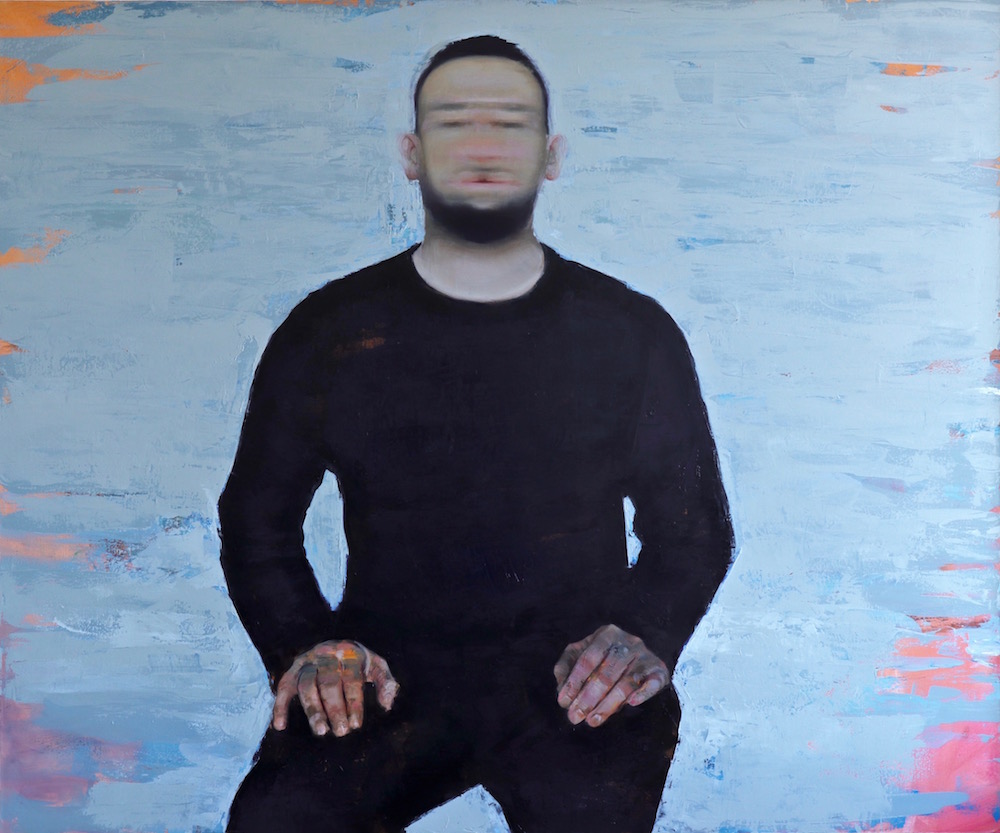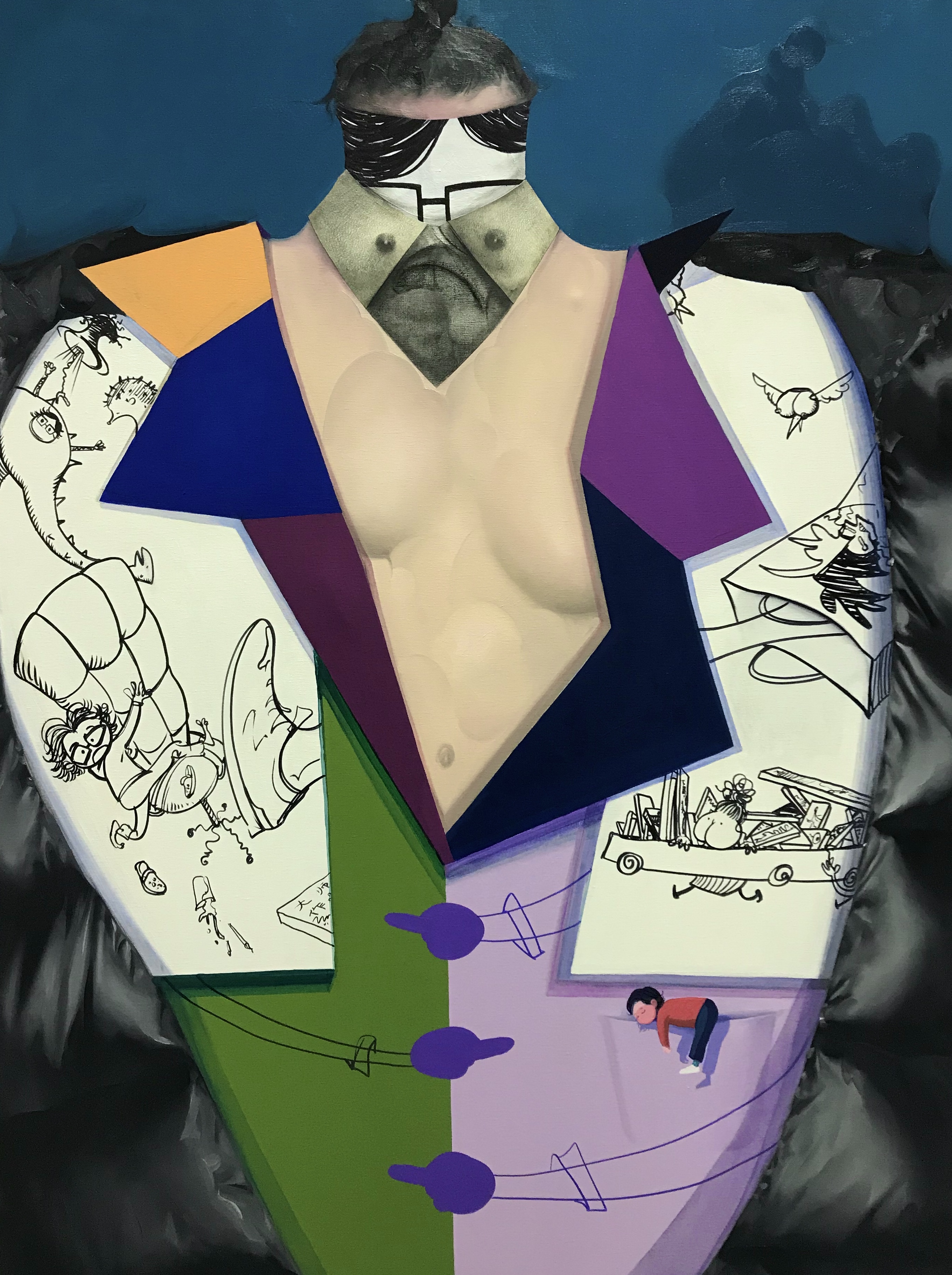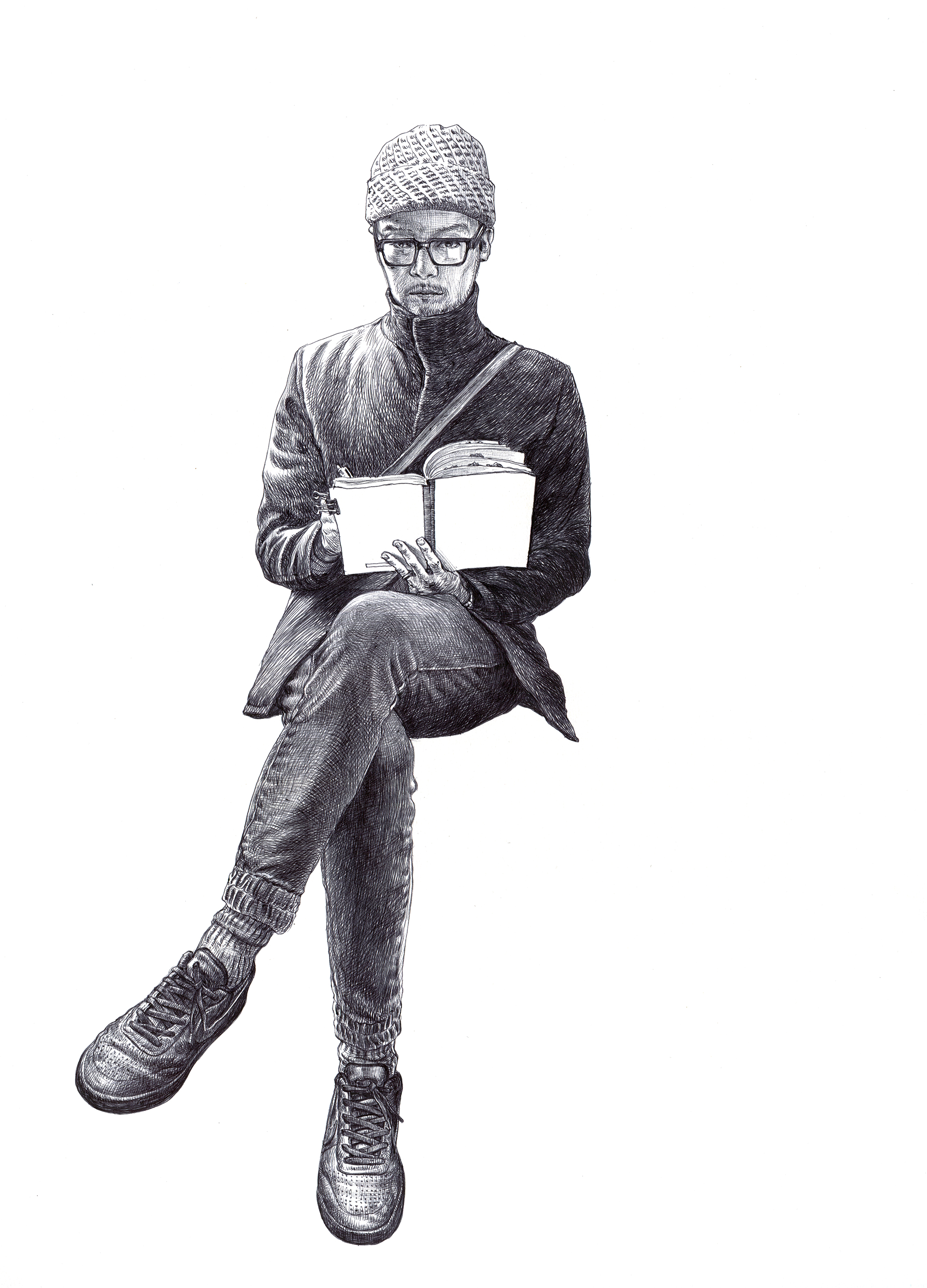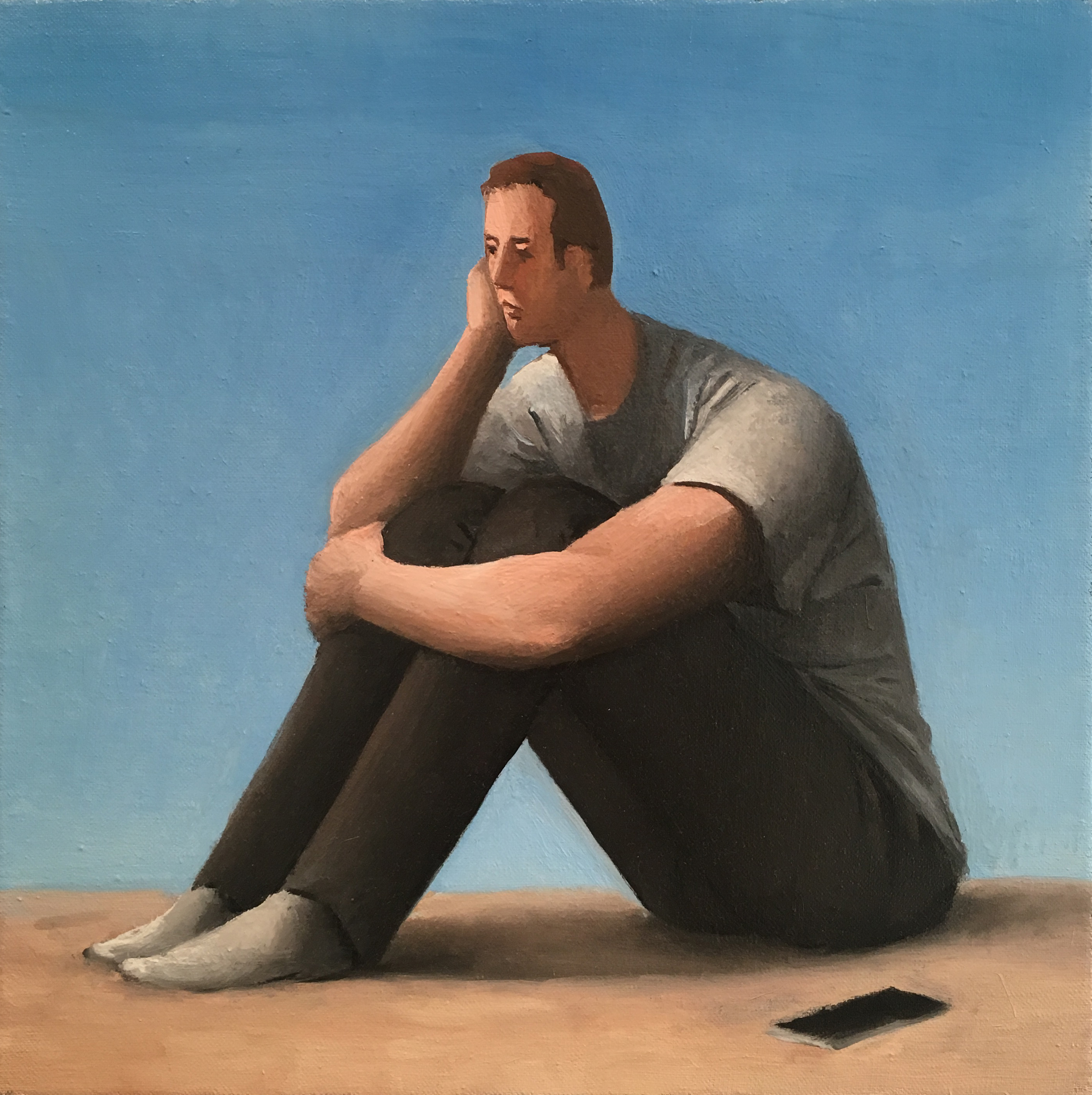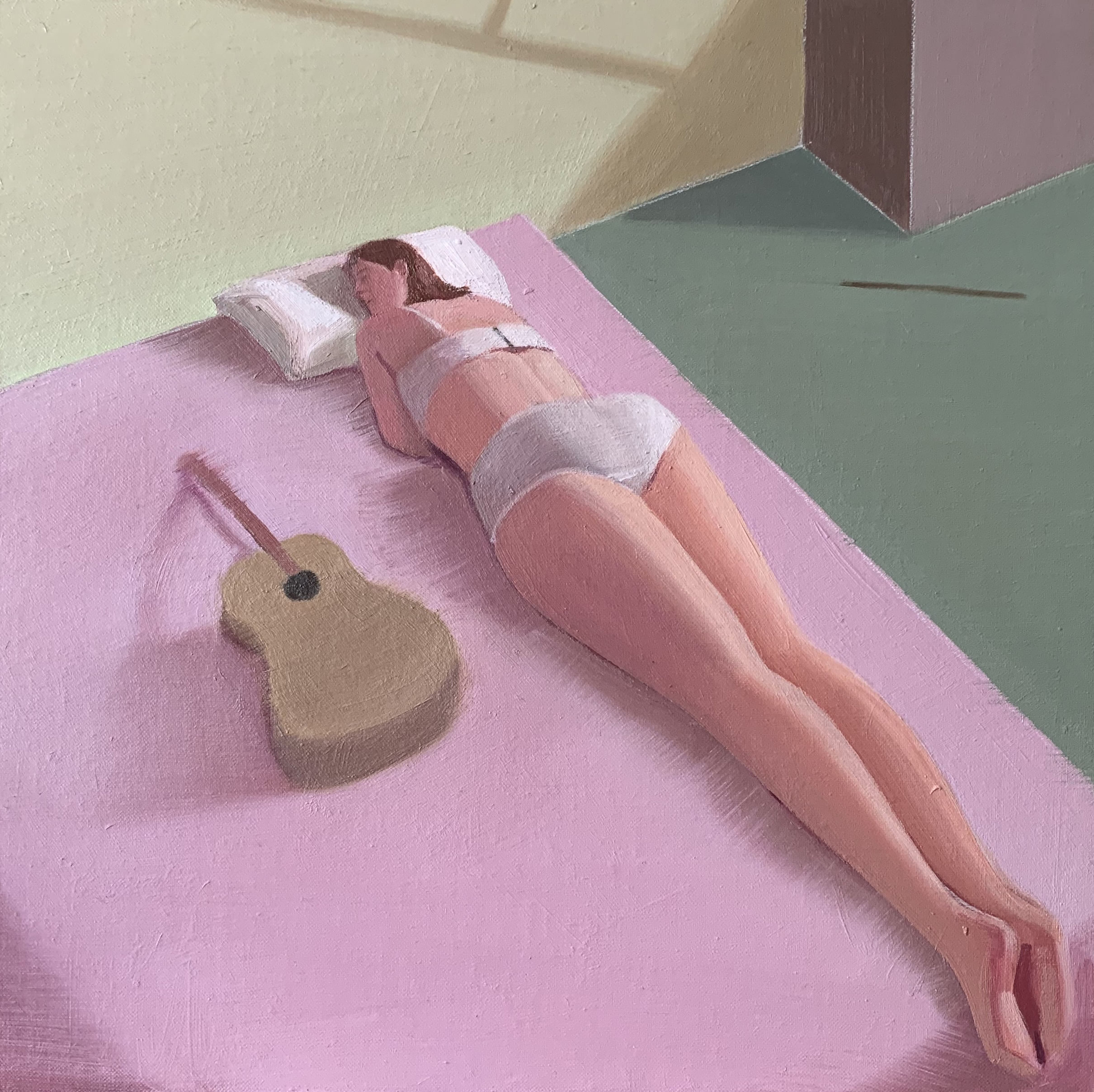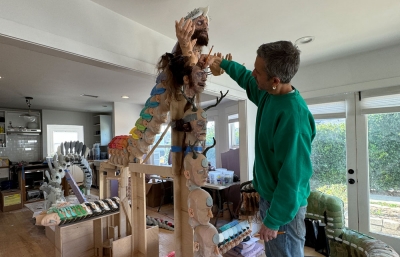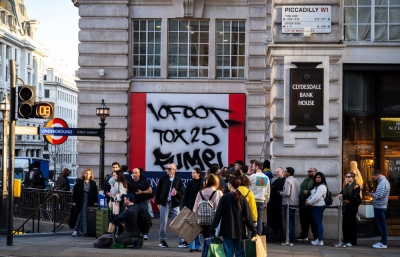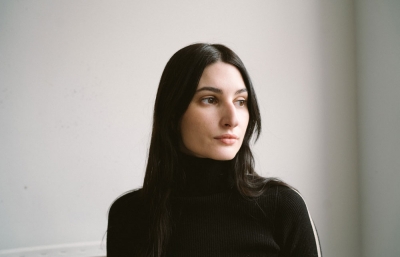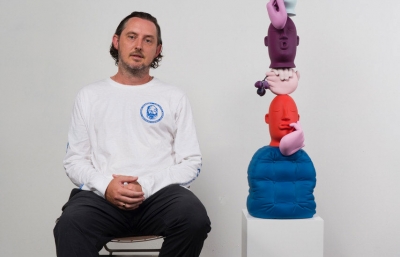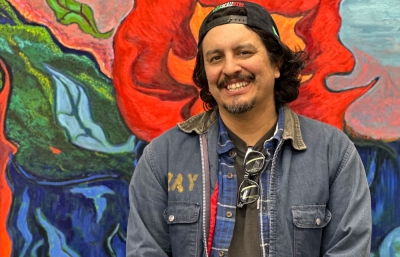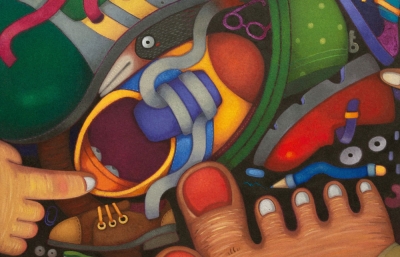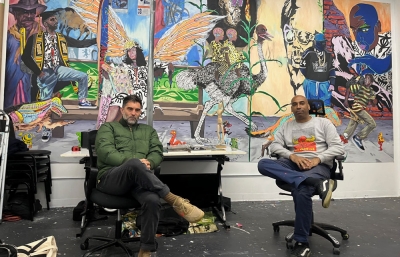It took 200,000 years, but we have finally fully evolved our being: arm extended in front, digital smartphone in hand, duck face in full expression and with the simple push of a finger, voilá, “the selfie.” Awkward angles, anxiety-ridden smiles, redo’s, reposing… it’s amazing that human evolution has basically driven our desire to capture the most fleeting, banal moment on a Tuesday at 2:00 pm. The selfie in photography form apparently started in 1839, when American photographer Robert Cornelius committed the first “self-portrait.” But the idea of the selfie has become, perhaps, the most practiced social interaction in the 21st century. I remember an encounter with Ai Weiwei at the de Young museum, and before I could say hello, he took my phone, flipped it around and posed for a selfie. I admit, though, I cherish that moment.

But the idea of a selfie, when it comes to the studio practice of a fine artist, is a much different kind of history. From da Vinci’s Portrait of a Man in Red Chalk to the ongoing self-transformative work of Cindy Sherman, who is the self and how does it apply to a body of work that continues to fascinate? This past winter, Juxtapoz was co-presenter of ME: An Exhibition of Contemporary Self-Portraiture, highlighting the intersections of psyche, mirror and other, curated by our own Sasha Bogojev and NY-based Sugarlift. What happens when you ask 22 international artists to approach the selfie in their favorite form? You get paint, along with introspection, humor, self-awareness, bravado and even a little self-effacement.
Our magazine is fascinated by how an artist sees the world. We value such observations, because gleaning the emotions and finding the unique wavelengths that tell our collective story as humans is a powerful mirror. What is amazing about asking an artist to turn that attention to the self, in a time when the self and the body can be a force for universal knowledge, is the communal understanding that can hopefully emerge. In an era when we could dub the selfie a hackneyed habit, maybe it can be an artistic breakthrough. —Evan Pricco

